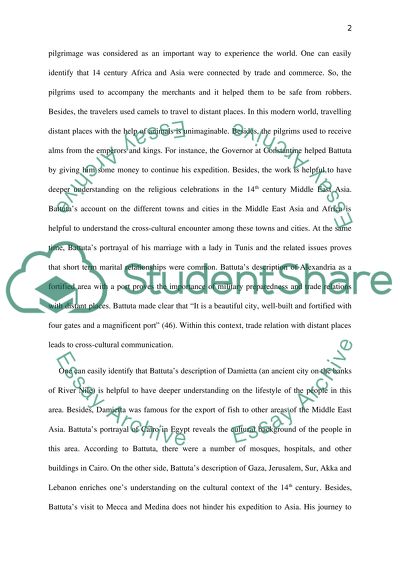Cite this document
(“Ibn Battuta: Travels in Asia and Africa, 1325-1354 Essay”, n.d.)
Retrieved from https://studentshare.org/history/1445177-ibn-battuta-travels-in-asia-and-africa
Retrieved from https://studentshare.org/history/1445177-ibn-battuta-travels-in-asia-and-africa
(Ibn Battuta: Travels in Asia and Africa, 1325-1354 Essay)
https://studentshare.org/history/1445177-ibn-battuta-travels-in-asia-and-africa.
https://studentshare.org/history/1445177-ibn-battuta-travels-in-asia-and-africa.
“Ibn Battuta: Travels in Asia and Africa, 1325-1354 Essay”, n.d. https://studentshare.org/history/1445177-ibn-battuta-travels-in-asia-and-africa.


